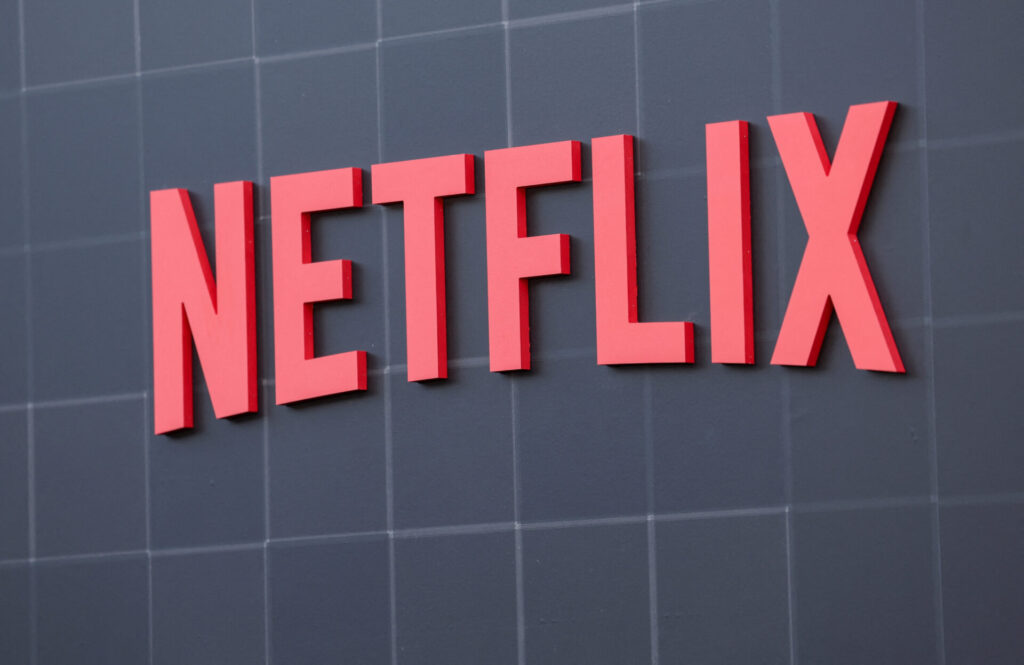Netflix (NFLX) Stock: Post-Earnings Bubble or Justified Rally?
Netflix shares surge after Q1 earnings—but Wall Street’s love affair looks suspiciously like déjà vu.
Streaming giant beats subscriber targets... again. Analysts cheer. Shorts scramble. Meanwhile, valuation metrics scream ’overbought.’
Bull case: Content moat widens as competitors flounder. Bear case: This is peak ’FAANG nostalgia’—and those pricey algorithms won’t rewind the tape forever.
Bonus cynicism: If NFLX hits $700 again, expect another round of ’this time it’s different’ PowerPoints from the same folks who missed the 2022 crash.
 Source: ymgerman / iStock Editorial / Getty Images
Source: ymgerman / iStock Editorial / Getty Images
Netflix Shares Q1 Earnings as Experts Update Their Outlook on the Stock
The US stock market stood firm Tuesday after a slight step back to start the week. That came after the company had a firm rebound last week, after a month of declines. Altogether, the development reinforced the notion that volatility and inconsistency have been the prevailing themes for the market this year.
With some stocks struggling from macroeconomic pressure and import duty increases, the media sector is in a unique position. Subsequently, Netflix (NFLX) has emerged as the leader of the pack, with experts exploring if the stock is undervalued amid its most recent Q1 earnings report.

In its most recent post-earnings outlook update, Morningstar noted that Netflix stock was overvalued. Specifically, they have given the company a $720 per share long-term fair value estimate. Moreover, that has been increased compared to its previous $700 target, which would imply a 28 times multiple on its 2025 earnings per share forecast.
The firm projects a 10% average annual revenue growth over the next five years. Additionally, they expect margin expansion “as international markets mature and benefit from greater scale.”
The report does expect Netflix to remain strong in a market that others will struggle in. “We think Netflix will hold up well in a recession and won’t be significantly impacted by tariffs,” experts noted. However, they project “any material economic slowdown to put even further pressure on growth, making it difficult to justify the inflated multiples at which the stock trades.”

